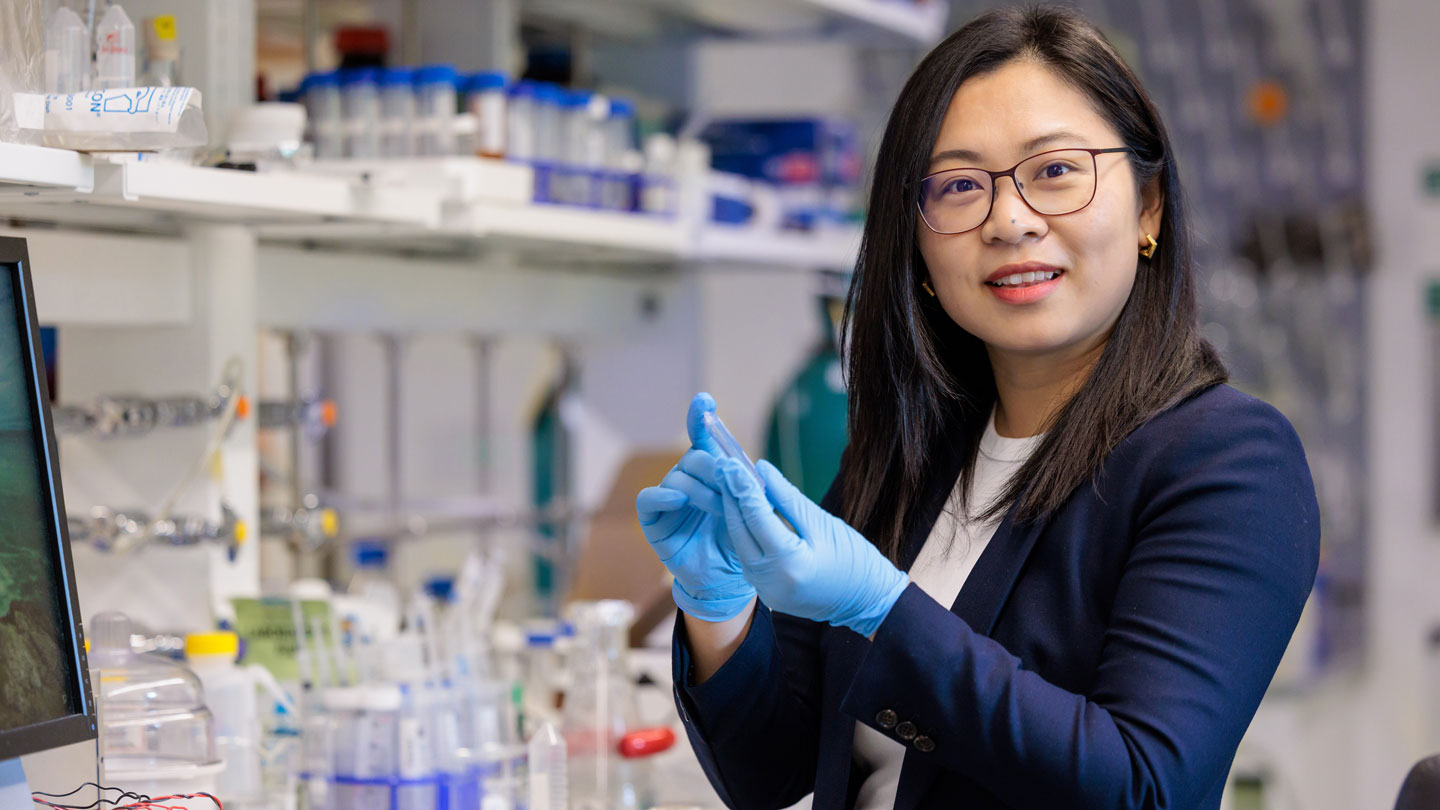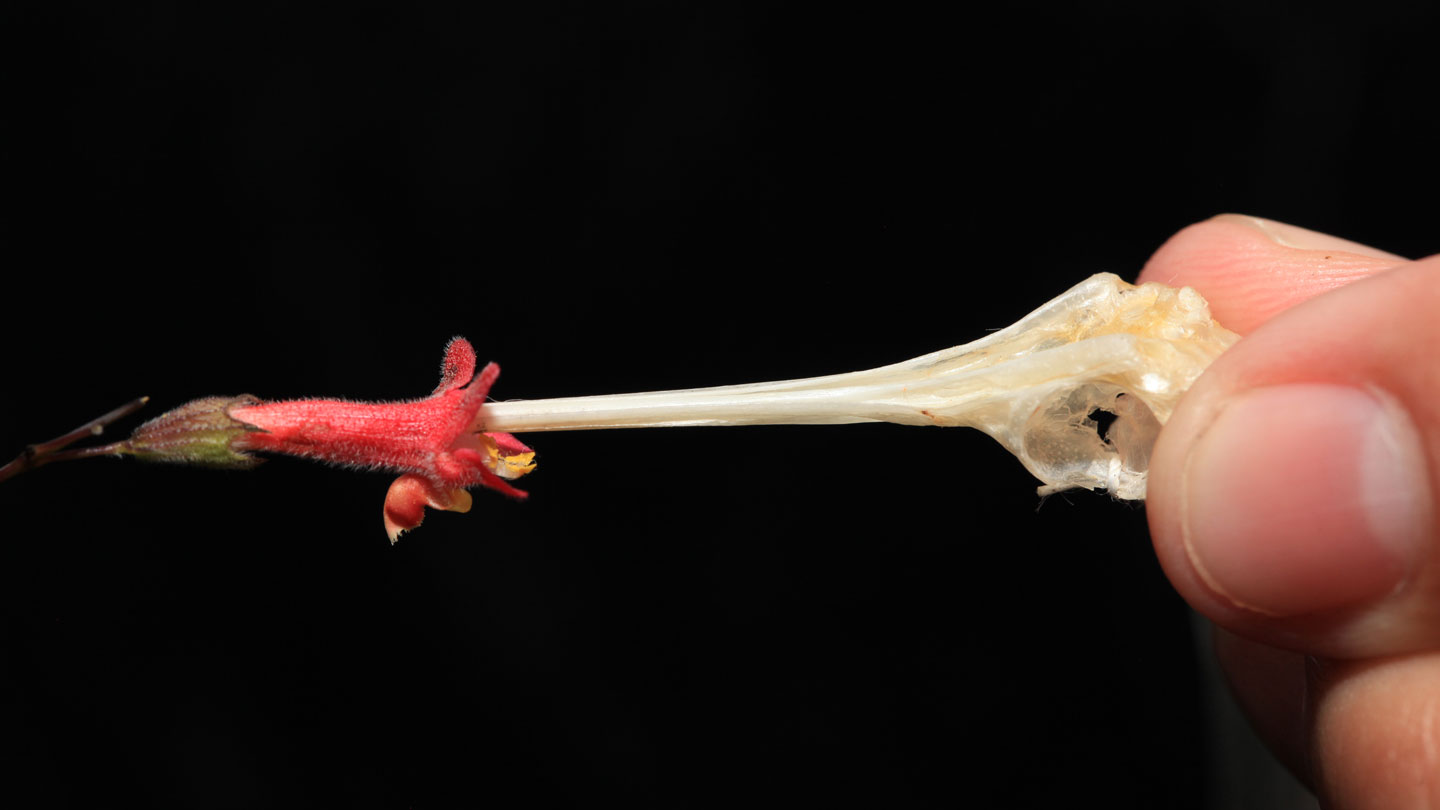Extreme Climate Survey
Science News is collecting reader questions about how to navigate our planet’s changing climate.
What do you want to know about extreme heat and how it can lead to extreme weather events?
Liu, though, has identified a material that could make extraction possible from untapped sources. She’s eyeing brines left over from geothermal and desalination processes, wastewater from fracking or even seawater, which could someday provide a huge supply of lithium — if it can be tapped. A big challenge, though, is that seawater has a sodium-to-lithium ratio of roughly 20,000-to-1, nowhere near the current sources that have ratios in the range of hundreds-to-1.
Pulling lithium ions from low-concentration solutions for commercial use will require a lot more research, Liu says. But her efforts have made huge strides toward more efficient extraction of resources, says University of Chicago molecular engineer Matthew Tirrell, who brought Liu on as an assistant professor in 2018. And it’s not just lithium extraction: “Her work is setting the stage for other processes that involve ions moving in porous, confined spaces,” he says, with future applications ranging from finding ways to speed up chemical reactions to potentially treating patients with mercury or lead poisoning.
Selecting for lithium
The method that Liu is working with — called electrochemical intercalation — has only recently been used for extracting resources. First, the researchers dunk a material full of ion-sized passageways into briny water. The lithium ions in the water enter the material’s lattice of channels and can be captured there. But briny water also contains sodium ions, among others, which push their way into those channels, reducing the amount of lithium that can be taken up.
Liu started hunting for an ideal dunking material around 2016 during her postdoctoral work at Stanford University. She knew it was important to get it right: “This material’s property will determine how much selectivity [for lithium] we can get, and what source water we can use,” Liu says. The better the selectivity, the more lithium captured. So she scoured the scientific literature for a material that fit the bill. It needed to be stable in water and maintain its structure even when stuffed with ions.
She eventually settled on iron phosphate. The oxygen in the iron phosphate bonds more easily with lithium than with the competing sodium ions. The larger sodium ions can expand the channels, but the lithium-oxygen bonds keep the channels small and receptive to more lithium. Once the material is full of ions, it is moved to freshwater where the researchers apply electric currents to expel the ions. Then they add a hydroxide, which combines with the lithium to form solid lithium hydroxide, the raw material used in EV batteries.
The amount of lithium that iron phosphate can currently extract is “spectacular,” says physicist Steven Chu of Stanford University. Chu, former U.S. Secretary of Energy, worked with Liu during her postdoctoral research. “Having done that, you can rest on your laurels and say, ‘That’s great.’ But she’s also driven [to ask], ‘Is it going to be practical?’”
In her lab in Chicago, Liu has been striving to make the material more efficient. Her team studies how the lithium and sodium ions enter the material’s holes, in what order and how they interact inside the material. By better understanding the ions’ behavior, Liu says, the team can improve the material’s performance.
Mining for understanding
Liu’s team is also developing a new method for separating rare earth elements, which she says is “actually harder” than lithium extraction. These 17 elements are essential for modern technologies, including wind turbines and smartphones (SN: 1/16/23). But often found together, they need to be separated — a difficult task because of their similar size and chemistry.
Besides these two methods, much of the lab’s work focuses on basic materials science. “We just accumulate more and more knowledge, so then we can start to predict things,” she says. That’s how she landed on iron phosphate: After a lot of research, it was the first material that the team tried.
It’s this deep understanding that makes Liu stand out, Chu says. There is “a small number of people you want to pay attention to” because they frequently come up with clever, new approaches, he says, “and she’s one of them.”
Liu didn’t always dream of being a materials scientist, or even a professor. But during her Ph.D. at Stanford, she realized that she loved the research environment. “I really enjoy solving the puzzle,” she says. “That made me decide that probably I want to do this job for a lifetime. It’s fun.”
On the weekends, she has fun of a different sort: playing Legos or riding bikes with her kids. She’s started to teach her son about the solar system and photosynthesis. “We are trying to see whether we just can keep the fun,” she says, “but sneak in a little bit of the science.”
*
Source link





No comments! Be the first commenter?